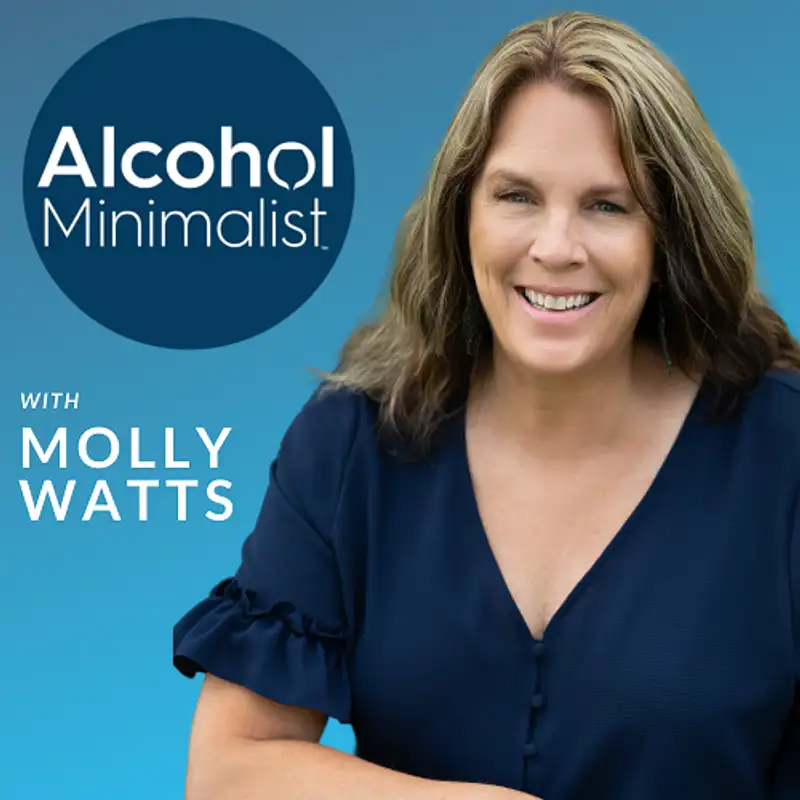Understanding Your Two Drinking Selves
In this week’s episode, Molly dives deeper into the More Sober October theme: Who are you without the drink? If you've ever felt like you're at war with yourself when it comes to drinking decisions, you're not imagining it. Molly unpacks the neuroscience behind this inner conflict and introduces listeners to the concept of our two selves—the automatic self and the intentional self.
Referencing Daniel Kahneman’s book Thinking, Fast and Slow, Molly breaks down how System 1 (your fast, emotional, habitual brain) and System 2 (your slow, rational, goal-focused brain) influence your drinking choices. This science-backed framework explains why your default drinking habits feel so hard to break and why it’s absolutely possible to rewire your brain to make intentional, value-aligned decisions.
Whether you’re navigating more alcohol-free days this October or simply trying to understand why it’s so hard to say no sometimes, this episode offers practical insight and compassionate encouragement.
Key Topics Covered
- Why identity and habit formation go hand-in-hand with your drinking story
- The difference between your default (automatic) self and your intentional self
- How Kahneman’s System 1 and System 2 thinking applies to alcohol habits
- Why the brain resists effortful thinking and defaults to the familiar
- How to start training your intentional self to become your new default
Resources Mentioned
- Book: Thinking, Fast and Slow by Daniel Kahneman
- Join More Sober October with Molly: More Sober October Info
Low risk drinking guidelines from the NIAAA:
Healthy men under 65:
No more than 4 drinks in one day and no more than 14 drinks per week.
Healthy women (all ages) and healthy men 65 and older:
No more than 3 drinks in one day and no more than 7 drinks per week.
No more than 3 drinks in one day and no more than 7 drinks per week.
One drink is defined as 12 ounces of beer, 5 ounces of wine, or 1.5 ounces of 80-proof liquor. So remember that a mixed drink or full glass of wine are probably more than one drink.
Abstinence from alcohol
Abstinence from alcohol is the best choice for people who take medication(s) that interact with alcohol, have health conditions that could be exacerbated by alcohol (e.g. liver disease), are pregnant or may become pregnant or have had a problem with alcohol or another substance in the past.
Abstinence from alcohol is the best choice for people who take medication(s) that interact with alcohol, have health conditions that could be exacerbated by alcohol (e.g. liver disease), are pregnant or may become pregnant or have had a problem with alcohol or another substance in the past.
Benefits of “low-risk” drinking
Following these guidelines reduces the risk of health problems such as cancer, liver disease, reduced immunity, ulcers, sleep problems, complications of existing conditions, and more. It also reduces the risk of depression, social problems, and difficulties at school or work.
★ Support this podcast ★
Following these guidelines reduces the risk of health problems such as cancer, liver disease, reduced immunity, ulcers, sleep problems, complications of existing conditions, and more. It also reduces the risk of depression, social problems, and difficulties at school or work.

